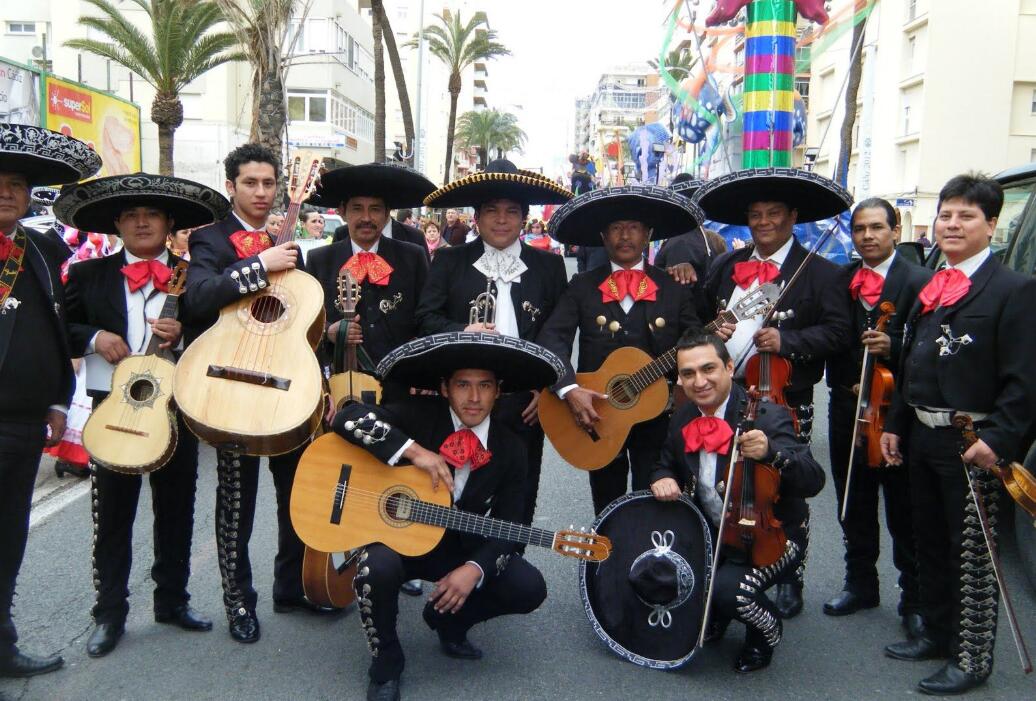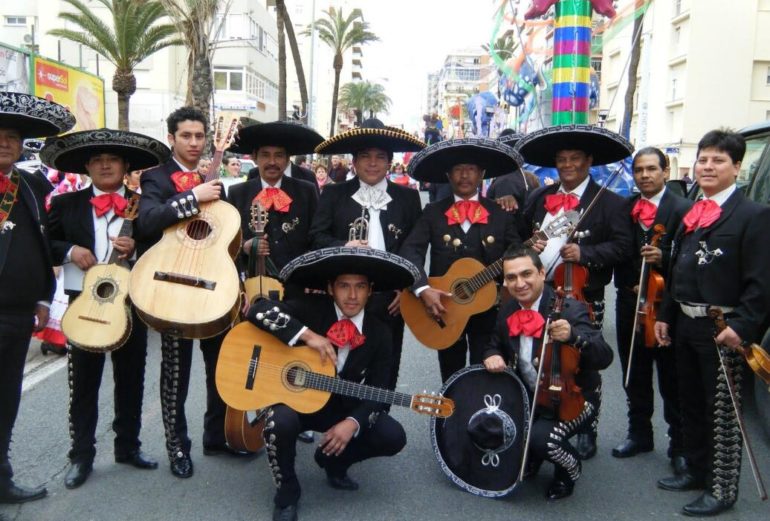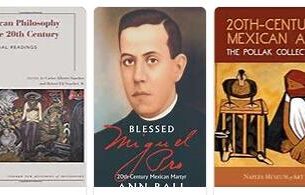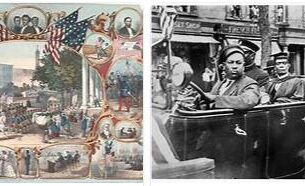The pre-Columbian music was predominantly ritual, pentatone and unanimous. Instrumental performance was always accompanied by song. Certain instruments such as huehuetl (drum), teponaztli (voiced woodpecker of wood) and tlapitzalli (flute) were assigned divine attributes. From this time, drums, whistles (of bones), conchia and various scratching instruments have been preserved.
The missionaries paid great attention to giving the indigenous people training in European music practice. Early on, the Indians were praised for their performance of church music. In memory of Karl 5’s death, a musical work by Morales was erected in 1559 in the Cathedral of Ciudad de México; three years earlier, the first music book was printed in Mexico. The first Indian music school was established in Texcoco in 1522 and moved to Ciudad de México in 1527. Here, the Indians were taught European notation, trade show, instrument making and composition.
Along with European church music also came the worldly Spanish music. Already in 1526 a dance school was established in Ciudad de México, and Spanish sailors and colonists brought with them the folk music of their homeland. A folk song tradition with narrative shows, corridos, evolved from the Spanish Romanze. In our day, the song is accompanied by guitars, harps or mariachi ensemble (violins, guitars, trumpets, etc.).
Rhythmic variation and excitement, created by alternating between 3/4 and 6/8 pulse, characterize the folk song and dance music form jarabe (derived from Spanish zapateado). The dance is most often accompanied by mariachi ensembles. In the Veracruz area, the harp plays an important role. In Michoacán, the violinists have developed their own virtuosic playing style.
Until the end of the 19th century, art music built on European ideals: national romance and Italian opera. The reorientation of the 20th century began with pioneers such as the composers Julián Carrillo (1875–1965) and Manuel Ponce (1886–1948). More original in their use of Mexican music were Silvestre Revueltas (1899–1940) and Carlos Chávez (1899–1978). The Spanish-born composer Rodolfo Halffter (1900–87) became a pioneer in the new art music of the 1940s. Of great importance to the music scene was the creation of the Orquesta sinfónica de Madrid in 1928. There are also symphony orchestras in the states. The leading musical theater is the Palacio de Bellas Artes in Ciudad de México. Other mentioned are H. Quintanar, Luis Sandi, Edoardo Mata, Jorge Gonzales-Ávila and Manuel Jorge de Elias. Leading the avant-garde has been Manuel Enríquez,
Among the popular composers of the 20th century are Augustín Lara and Consuelo Velásquez (Bésame mucho).




